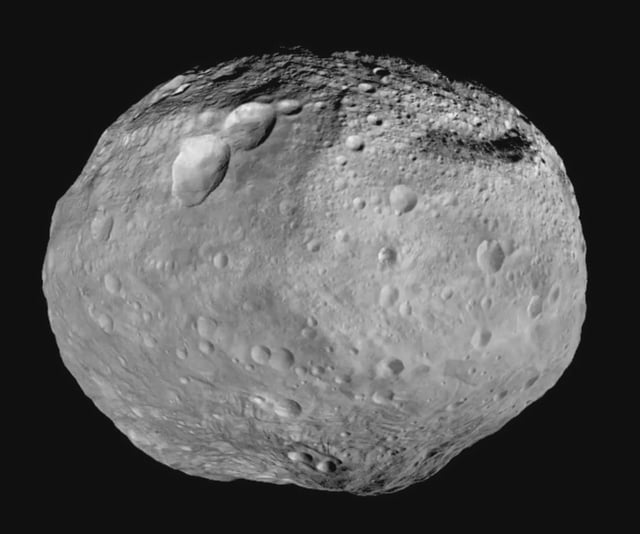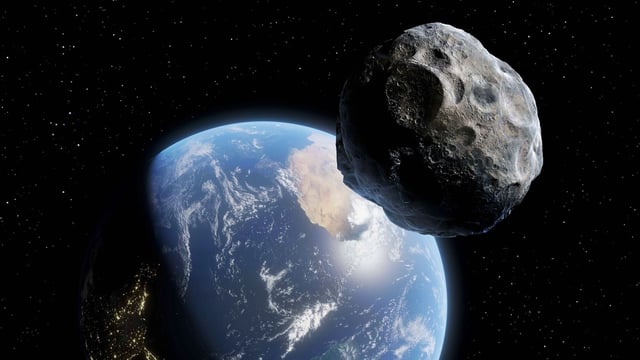Overview
- A new study led by NASA's Jet Propulsion Laboratory confirms that Vesta, long believed to have a core, has a more uniform interior than previously thought.
- Researchers propose two potential explanations: incomplete differentiation during its formation or its origin as a fragment from a growing planet shattered by ancient collisions.
- The study relied on refined analysis of Vesta's moment of inertia, derived from gravity and rotation data collected by the Dawn spacecraft during its 2011–2012 mission.
- Meteorite evidence complicates the incomplete differentiation hypothesis, as samples believed to be from Vesta show no clear signs of this process.
- The findings prompt a reevaluation of early solar system processes, including planetary differentiation, collision debris origins, and the formation of terrestrial planets.



